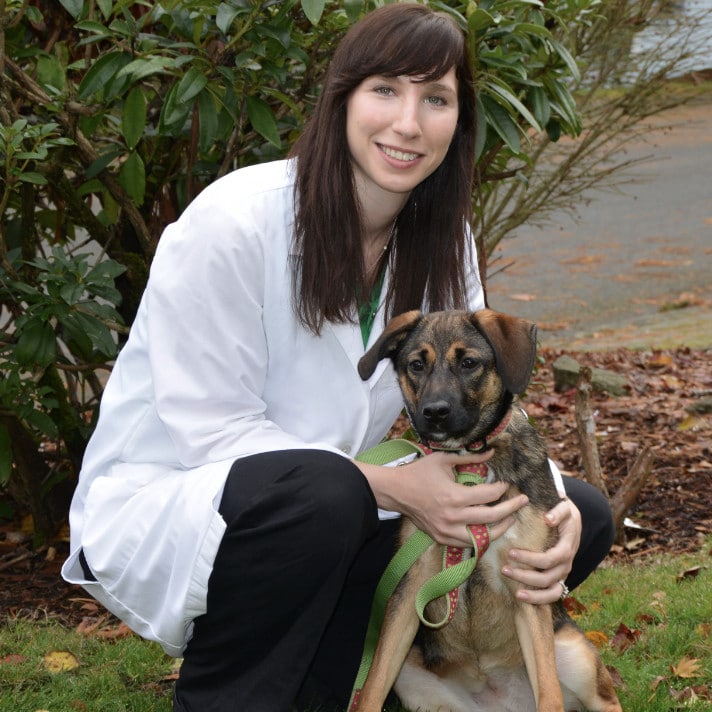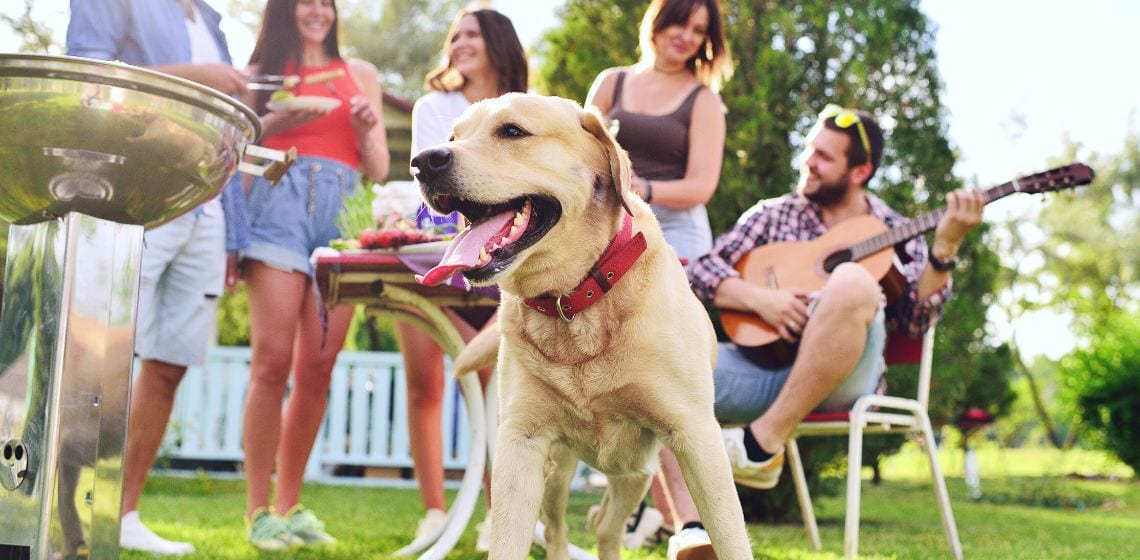Table of Contents
BBQ Prep: Training, Safe Spaces, and ID Tags
A few key measures taken beforehand can help prepare your pet for the festivities. This includes ensuring your pet has basic obedience training, especially commands like “stay” and “leave it.” This can help prevent them from eating harmful foods or running into dangerous areas.
All the hustle and bustle of the holiday can be overwhelming for pets. Create a safe and quiet space away from the main gathering where they can escape the noise and crowds. If your pet chooses to join in the festivities, be sure to monitor their interactions with guests, especially children, closely.
Lastly, make sure your pet is microchipped and wearing their ID tag. With the increased foot traffic and commotion, it’s easier for pets to get lost. If you have indoor cats, it may be best to put them in a separate room or area of the house to avoid any potential escape attempts.
Identifying Potential Pet Hazards: From Ribs to Fireworks
BBQs can present a myriad of hazards to our pets. A variety of BBQ foods, such as chocolate, onions, garlic, alcohol, and bones, are toxic or dangerous for pets to consume. Always keep an eye on your food and make sure it’s out of your pet’s reach.
Furthermore, heatstroke can be a major concern during the summer months. This is a medical emergency, which can lead to organ failure and death in severe cases. Watch for signs of excessive panting, lethargy, or disorientation. Always provide your pet with a cool or shaded area and plenty of fresh water, and avoid excessive activity during the hottest parts of the day.
Lastly, fires and fireworks can cause both physical harm and mental distress to pets. Keep your pet away from the grill and lit fireworks, and provide a safe place indoors where they can retreat from loud noises.
Preparing for an Emergency
Prepare an emergency plan in case your pet consumes something harmful, gets lost, or shows signs of heatstroke or extreme stress. This includes knowing your local emergency vet’s number and address, having a current photo of your pet, and understanding basic first-aid procedures for pets.
Tips For Handling Fear of Fireworks
While beautiful, fireworks can be terrifying for pets. The loud, unfamiliar noises and bright lights can trigger their survival instincts, causing them to panic or flee. Understanding this fear and knowing how to manage it can make a significant difference in your pet’s comfort during 4th of July celebrations. It is best to discuss a plan to keep your furry family member calm and stress-free during the festivities with your vet well ahead of the holiday. This will give them time to prescribe medication if it is indicated for your pet. Here are additional tips for managing fear of fireworks.
Calming Products
There are several products on the market designed to help calm anxious pets. These include pheromone sprays, calming treats, and anxiety wraps.
Behavioral Modification
If your dog has a fear of fireworks, you can use training techniques such as desensitization and counter-conditioning to help them understand that there is nothing to fear. In desensitization, you can play a recording of fireworks for your dog, starting at a low intensity and gradually increasing. To try to create a more positive association, use counter-conditioning to pair their favorite treats with the sound of fireworks. This is a long-term commitment and gradual process.
Environmental Modification
Create a safe space for your dog. This may be in a crate (if they are used to being crated and feel comfortable in their crate), a dog bed, or a small room. Get your dog used to this location ahead of time. You can provide them with favorite toys and treats, and even play some white noise or calming music.
Medications
There are numerous short-acting medications that can be beneficial for situational anxiety. They will require an exam and prescription from your vet.
Safe Ways to Include Your Furry Family Member in the Celebrations
While safety is our primary concern, we also want our pets to feel included and enjoy the festivities. Here are some fun and safe ways to incorporate your pet into your 4th of July BBQ:
Dress Them Up
Dressing your pet in festive 4th of July gear can be an adorable way to include them in the celebration. Consider a pet-friendly bandana, collar, or even a cute patriotic-themed shirt. Just make sure the attire is comfortable, breathable, and doesn’t restrict their movement. For cats, be sure to choose a breakaway collar.
Plan a Pet-Friendly Menu
Most BBQ food is off limits to pets, whether due to toxic ingredients or high-fat content, which can lead to gastrointestinal upset or pancreatitis. But feel free to offer small tastes of homecooked dog treats, pupsicles, unseasoned veggies, or even grill up a piece of plain boneless skinless chicken breast. If you do opt to make baked or frozen treats, be sure to avoid any ingredients such as yogurt or peanut butter containing Xylitol, as this sweetener is toxic and can cause a dangerous drop in blood sugar.
Organize Games
Frisbee, fetch, or puzzle games can be a fun addition to the party. Just be sure that your dog does not exert themselves too much in the heat.

Liza is a veterinarian who graduated from MSU CVM in 2013 and spent five years working in small animal practice. She loved working with dogs and cats and educating owners on all aspects of veterinary medicine, especially animal behavior and dermatology. She has since transitioned to remote work to be able to spend more time at home with her husband, two young kids, and two cats. She is thrilled to be able to combine her passions for veterinary medicine and writing. She is licensed as a veterinarian in Washington State.








